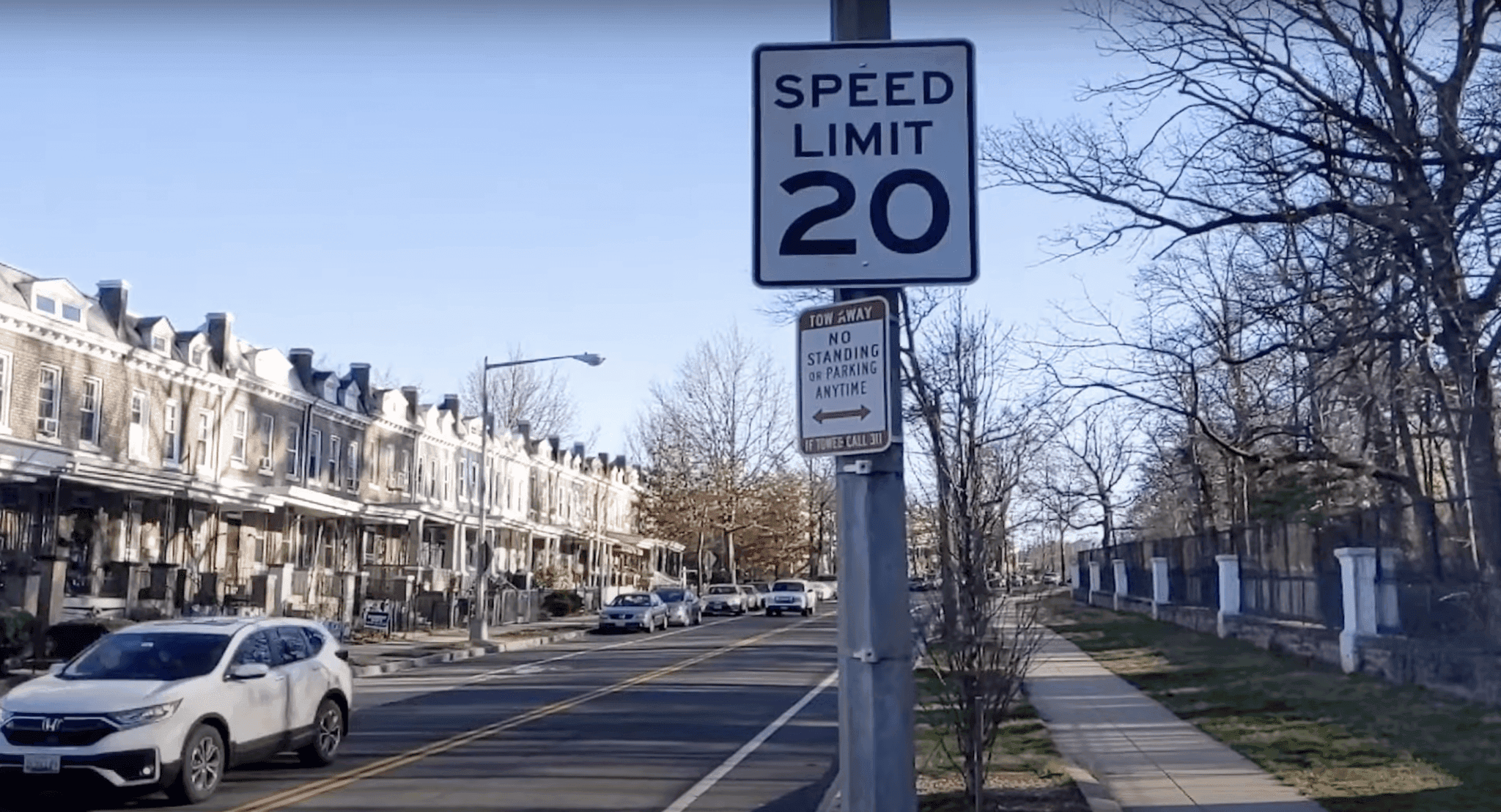
News
By Smart Growth America, Smart Growth America, April 21, 2022
Sometimes we have to see it to believe it. How would street design really look if we prioritized the safety of all road users? Smart Growth America and the National Complete Streets Coalition’s latest video illustrates that when streets are designed to move as many cars as possible as quickly as possible, other road users pay the price.
The number of people struck and killed by drivers increased by an astonishing amount during the pandemic, but traffic fatalities were already on the rise long before COVID-19. For years, states and localities have focused on enforcement, ineffective education campaigns, or blaming the victims of these crashes, ignoring the role of the underlying perpetrator in these deaths: roadway design.
Right now, transportation engineers tend to favor “forgiving” street design like wide, high-visibility roadways with minimal features that would slow cars down. When all streets are designed this way, drivers are lulled into a false sense of security and speed up—doing exactly what the designs are encouraging them to do. At the same time, crosswalks and other safety elements that would slow car travel are kept to a minimum, making it inherently difficult for all other road users to travel safely.
Let’s get one thing straight: this design style isn’t “forgiving” at all. The higher a vehicle’s speed, the less response time a driver will have if they make a mistake. Without stop signs and crosswalks (features that slow drivers down), pedestrians have fewer options to cross streets safely. High speeds are also more likely to result in a fatality than an injury.
Complete Streets are streets for everyone.
Complete Streets is an approach to planning, designing, building, operating, and maintaining streets that enables safe access for all people who need to use them, including pedestrians, bicyclists, motorists, and transit riders of all ages and abilities.
One way to limit the risk of pedestrian fatalities is to remove pedestrians and nondrivers from the street altogether, as we do on interstates. But what about every other type of roadway, like commercial and residential streets?
In our latest video, we take a look at the design elements that enhance street safety, and you’ll notice that they all have something in common. When we install traffic signals, bike lanes, narrower lanes, and crosswalks, drivers naturally drive at slower and safer speeds.
Properly designed Complete Streets can improve safety on residential and commercial roadways. But many Complete Streets have been implemented incorrectly, cutting corners to preserve the convenience of drivers. This unfortunate trend reflects a national culture that prioritizes vehicle speed over all else, a culture that is inherently at odds with safer roadways. If safety truly is the top priority, streets must be designed in a way that makes dangerous behavior difficult and safe behavior easy. Only then can our streets be safe for all.
Related News

© 2025 Smart Growth America. All rights reserved
Site By3Lane Marketing
















